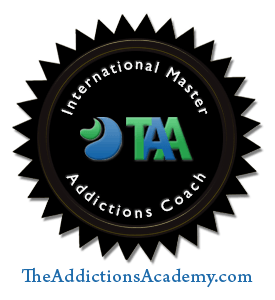The First Look Is On Them. The Second Look Is On You
The phrase “the first look is on them, the second look is on you” is a frequently used mantra in Sexaholics Anonymous. Contrary to what it might imply, “the first look is on them” doesn’t assign blame to others. Instead, it acknowledges that noticing people or things in one’s environment can trigger arousal without intent. This arousal results from learned behaviors that have become almost instinctive. Two important concepts to consider when understanding this idea are the innate character of sexual arousal and the human ability to learn associations.
Sexual arousal is innate and evolutionarily necessary to perpetuate humans as a species. When aroused, a person creates associations with that arousal. Visual cues such as eye and hair color, style of dress, and body language all become linked to sexual arousal. The same is true for input to our other senses when aroused. Much like Pavlov’s dogs, repeated exposure to certain sensations when aroused ingrains the association between sensation and arousal. These associations begin to develop, often without our awareness, at early ages, resulting in almost instinctive arousal when the triggering sensation is experienced. Society further promotes these associations through various means such as TV and movies. Free, unfettered access to pornography certainly plays a large role in creating arousal associations (more on this in a future blog). Over time, arousal becomes automatically triggered when experiencing associated sensations. “The first look is on them” refers to this unavoidable response.
Learned associations extend to all addictions. All addicts experience similar responses regarding their specific addictions. For example, a billboard for a beer company or passing a liquor store can trigger a desire for an alcoholic to take a drink. The triggers are different, but the Pavlovian response is the same. How the person manages that first look is then entirely in their hands. Enter the second half of the phrase: “the second look is on you.”
When an addict is steeped in addiction, the second look leads to negative outcomes. Sexual acting out in various forms, binge drinking, or drug use are inevitable outcomes. However, in recovery, the second look can be controlled by taking action and using the tools learned to control the urge to indulge in addictive behavior. We say “move a muscle, change a thought” because action in various forms can help reduce the need to engage in addictive behaviors. Something as simple as repeating mantras such as “let go and let God” or “pray for them, help for me” can reduce the urge to act on the triggered emotions. Calling a sponsor, friend, or coach and “talking out the urge to indulge” can help dissipate the desire to act out.
Life throws unavoidable situations our way each day. How the addict chooses to react to those challenges can determine whether one gets sucked back into the black hole of addiction or continues to live healthfully in recovery.
Kenneth Markowitz MD, IMAC, CHCQM

